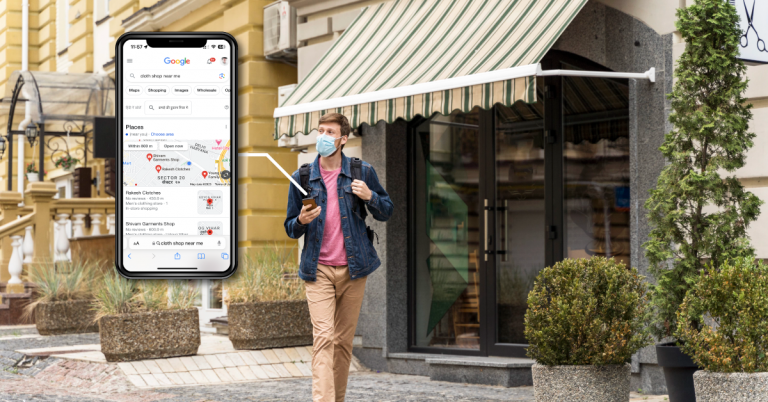In the last 2 years,the pandemic fundamentally changed the world as we know it. People were living, thinking and buying differently. For businesses across the globe this meant that they were suddenly forced to rethink and re-examine entire customer journeys overnight.
From focussing on what customers “want”, brands had to address what customers “need”. Keeping a real-time pulse on the ever changing consumer behaviours and rapidly innovating to create journeys that matter, became critical to survive in this new business environment.
While brands undertook various methods to communicate with consumers in a relevant and appropriate manner, some of these technological innovations helped them to sail the difficult time.
Adoption of digital channels took a quantum leap during the last 2 years with millions of customers migrating online. Hence, digitizing as many interactions and operations for customers became the first and the most important change for brands to adapt to across industries.
Speed, safety and convenience became the key reasons for consumers to proactively choose the digital-first lifestyle. According to a report by Google, right in the beginning of 2021, APAC saw 20 million new digital customers; and even as physical business locations started to open up through the year, 58% of people still chose online modes for their various purchase needs over in-store shopping. (Source- Year in Search Trend 1:Digital Mainstreamed)
As more and more customers grew comfortable with digital and remote options, brands also started working towards use of mobile, online and geospatial data to optimize omnichannel sales. The focus for businesses moved more towards options such as “buy online, pickup in store, virtual consultations” etc. over physical retail sales.
Consumers needed resources that they could trust and offered support that addressed their immediate concerns. Brands were quick to find creative ways to not only provide information, but also create safety measures, trust and overall ease of transaction for consumers. From extending operating hours at grocery stores for essentials to booking test drives online, there were various creative solutions that one got to see.
One such method that emerged and helped brands in not only increasing engagement with customers but also cut down significantly on their operational costs was the introduction of chatbots that enabled brands to respond to customers seeking information digitally.
There was an 80% increase in searches that indicated a shift from an in-person to screen-first reality, with more and more people searching for “online appointment”, “virtual consultation” etc saw a boom across APAC. There was a 55% increase in searches referring to online versions of price catalogues, showing how even the most basic online experiences have moved online. (Source- Year in Search Trend 1:Digital Mainstreamed). Searches having keywords like “ in stock”, available now” went up by 70% globally.
Over 30% of consumers in India, China and Australia said that they switched to other brands due to unavailability of items at the usual brands they shopped from. This pushed brands to not only constantly adapt to consumer needs in their moment of truth, but also proactively keep them informed about critical information such as hours of operation, same day delivery/in store pick up, updated real-time inventory and more. (Source – thinkwithgoogle)
